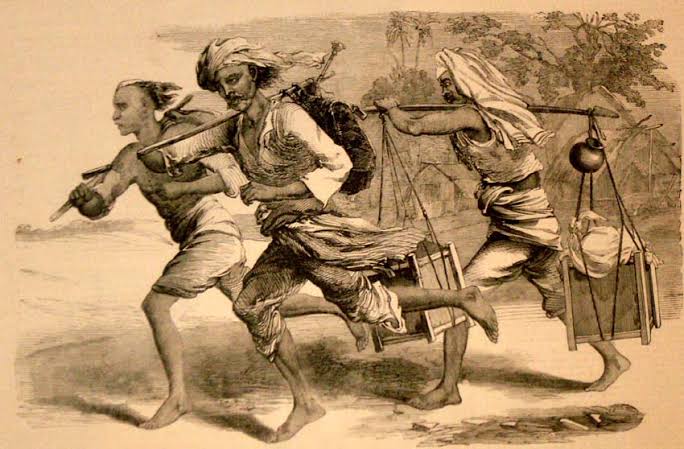 Image Source: Barcelona Cat
Image Source: Barcelona Cat
India's postal history—of horses, pigeons, and foot runners bearing messages across a huge subcontinent—has come strongly back into the spotlight as policymakers and philatelists lead India's postal service into the future.
Key Takeaways
Historical Origins: India's earliest official postal system was more than 2,000 years ago when emperors Chandragupta Maurya and Ashoka used trained pigeons and swift-runners. Horse-and-runner relay-posts ("dak chowkis") during Alauddin Khilji (1296 AD) formed a vital chain of communications that held empires together.
Mughal & Colonial Innovations: Mughal rulers established postal roads for imperial administration. The British period transformed the postal system, attaining standardized postage, stamps and extensive growth, laying the foundation for India Post today.
Pigeon Post: Odisha had its Pigeon Post service operating until 2008, most famously delivering messages for police and disaster victims; the Prime Minister Jawaharlal Nehru himself had a message delivered via a pigeon in 1948. This has been marked on Indian stamps.
New Milestones: Budgetary reforms in 2025 will turn India Post, which is now the world's largest postal network, into a "large logistics organization," with its main objective being to enhance its 1.5 lakh rural post offices. This will be an economic growth driver for rural India.
Celebrating Heritage: A Maharashtra State Philatelic Exhibition recently exhibited rare stamps and souvenirs, celebrating the transition from ancient forms of communication to modern postal logistics.
Legislative Update: The fresh Post Office Bill (2023) substituted colonial legislation, imparting new banking responsibilities and regulatory certainty to India Post at a time when digital as well as private couriers are gaining dominance.
Source: India TV News, The Indian Express, News18, Mintage World, Maharashtra State Philatelic Exhibition, Indian Post Official Portal
Advertisement
Advertisement



